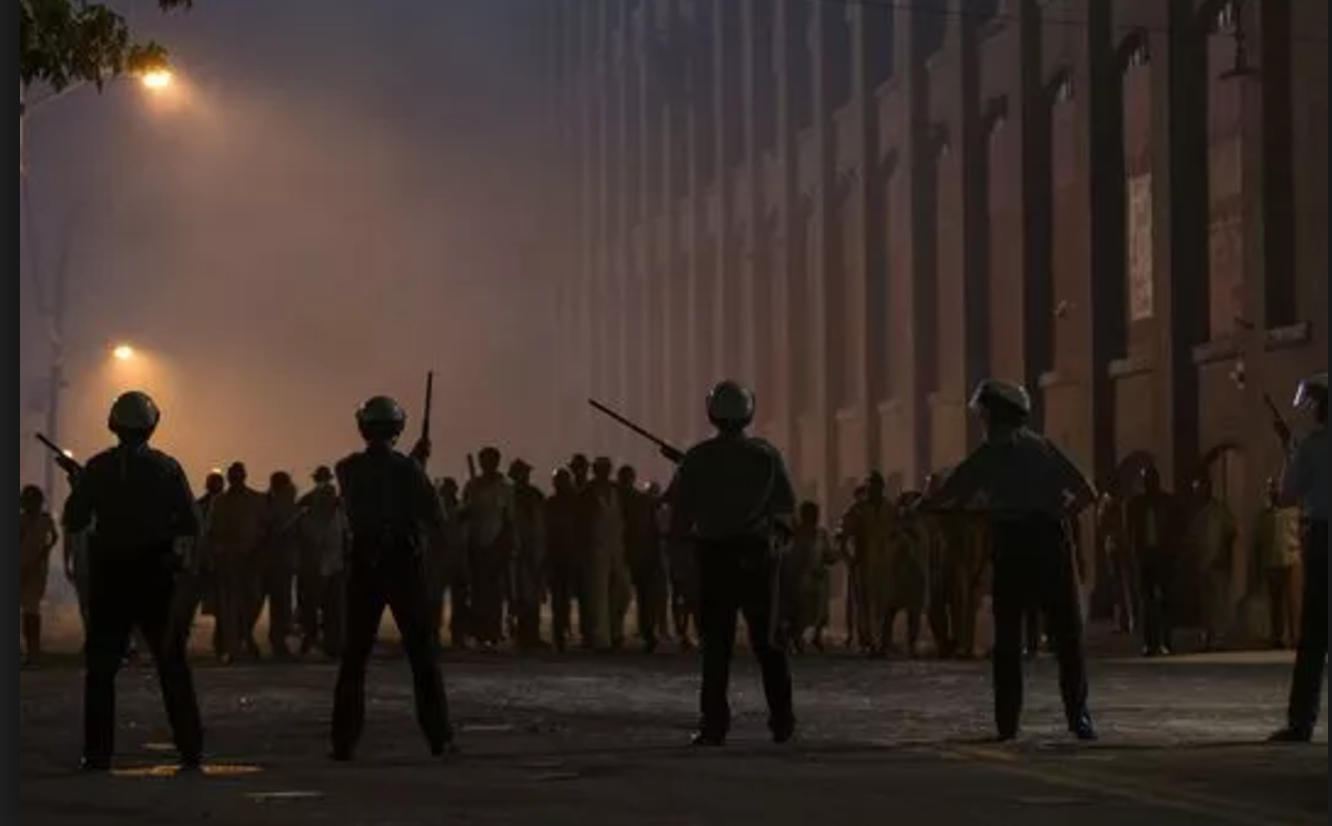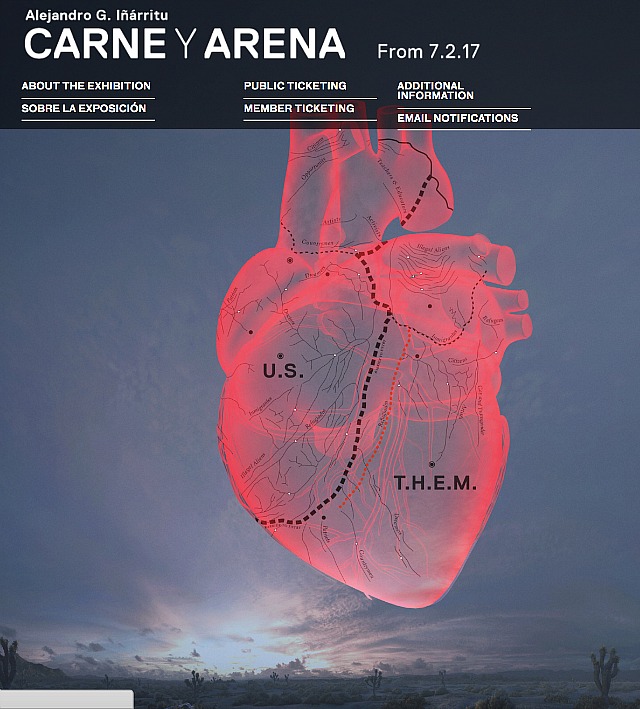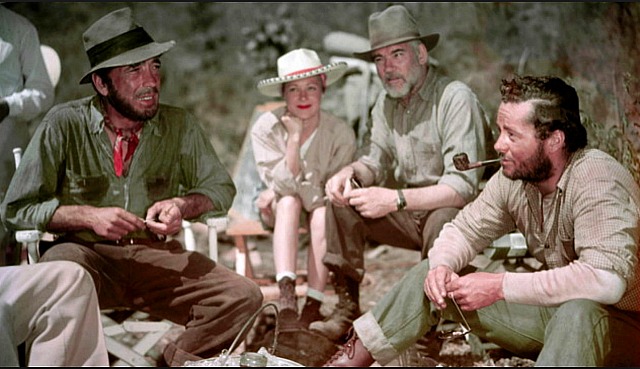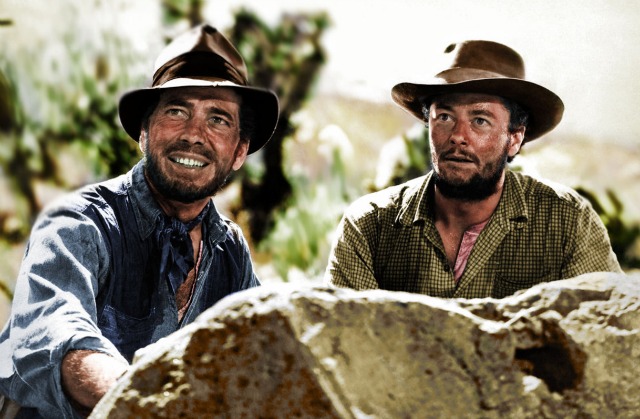The saga of Jeff and Tatyana has been an up, down, sideways and back up again thing. We were going to tie the knot on the beach several weeks ago, and then put it off. Then we worked out some issues, and then drove around Italy and stayed in Paris as a kind of pre-honeymoon, and now I’m happy to say we’re back on again. Today is the day, Judah. Vows at La Piedra State Beach at 3 pm, and then a gathering around 7 pm with a few friends. No biggie, and at the same time big-big-BIGGIE.
You’re supposed to keep your personally composed marriage vows short and sweet, but right now they’re longish. I’ll continue to hone and refine until the big moment. Here’s what I have now:
Somebody once said that “a successful marriage requires falling in love many times.”
As we begin our life together in marriage, I can’t wait to fall in love with Tatyana again and again. I just did the other night while we were trying to assemble an IKEA table, and I’m doing that right now, and I expect that a new surge will hit me again this afternoon or this evening. Or next week or whatever.
Marriage is about hands held, eyes forward, joy, spirit, surrender, bravery, devotion and, in my case, always, always, always putting Tatyana first. I need to write my column every day, but I also pledge to love and honor Tatyana with all my heart.
She is my Russian Marilyn Monroe, my muse, my commissar, my Tsar…my own Natalya Rostova, Sonya Marmeladova, Antonina Miliukova. After watching Oliver Stone’s Vladimir Putin interviews I have even begun to call Tatyana my own personal Putin, but in a good way. Because for all his alleged shortcomings and reported inclinations to murder journalists, Putin struck me as a fairly wise and astute fellow, sly and temperate and well educated, who has his act together.
“Does Auda abu Tayi serve”? Perhaps not, but Jeffrey Wells will. Or will die trying.
I hereby pledge to keep all doors and windows open, and to try to pry open new ones each and every day. Here’s to matters of the heart and spirit, to blue and white skies and radiant starry nights, and to wit, wisdom, serendipity, clever wisecracks, inspirational guidance and the shining of kindness into all corners and crevasses.
“There is no remedy for love,” said Henry David Thoreau, “but to love more”.
I’m thinking of Luca Guadagnino’s movie, I Am Love. But that title has inspired a thought about myself since I met and fell in love with Tatyana — “I Am Luck.”
Read more









